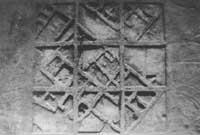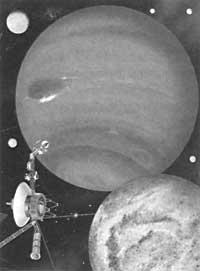The historic sites of Iraq
1992/05/01 Elhuyar Zientzia Iturria: Elhuyar aldizkaria
"Iraq's trade embargo can cause more damage to archaeological monuments than the Gulf War," says archaeologist Paul Zimanski of Boston University.
Food shortages and rising prices have led Iraqis to enter land that has not been cultivated until now, including prestigious archaeological sites.
Zimanski participated in the group called "Medicine for Peace" in Iraq in January. The main function of this group was to bring Iraqi children to operate in the U.S.

However, in free time, he decided to visit the remains of ancient Babylon, southeast of Baghdad (about 120 km). In fact, from 987 to 1990 it was he who dug it.
However, when he began to cross the desert, the new channels and tilled lands blocked his way. However, he was able to verify that those new constructions broke small historical places. On the contrary, he fears that the place where he was excavated has suffered damage. Babylon Abandoned in 1750, it was one of the biggest shopping centres of the time.
Before the war, Iraq's Department of Antiquity granted researchers induction permits and opened the city to investigate external scientists. These permits were also given in the war between Iran and Iraq.
Now, according to Zimanski, Antiquity has lost some of its strength and reduced its number of vehicles and phones.
Therefore, in the war, these historic places are suffering damage, they are now on the way to worsen.

Gai honi buruzko eduki gehiago
Elhuyarrek garatutako teknologia





